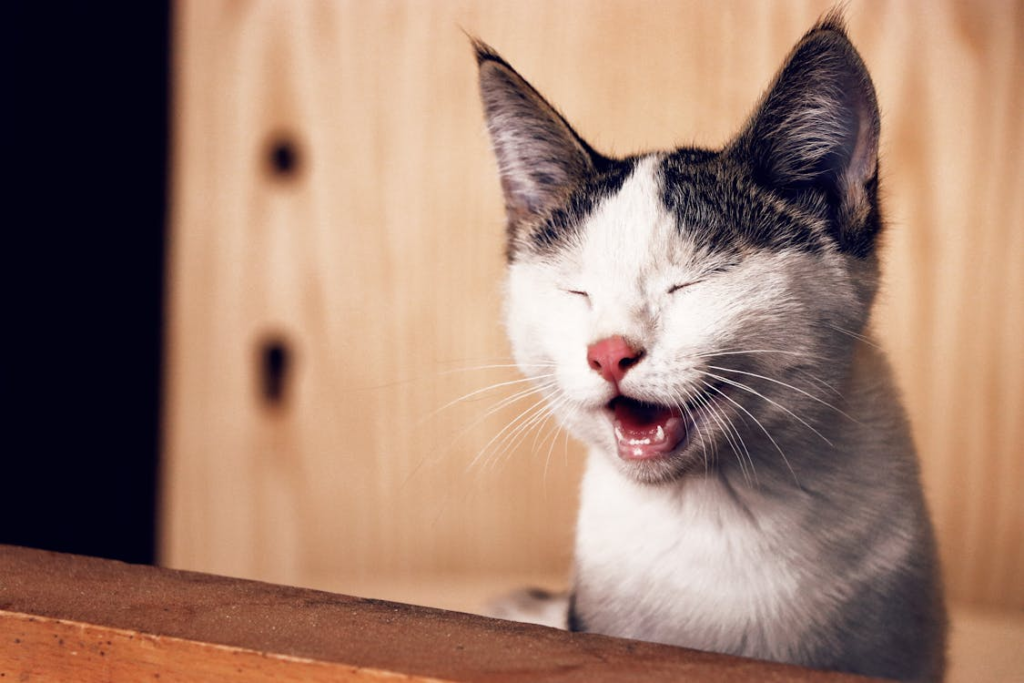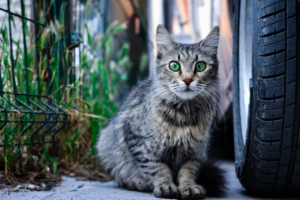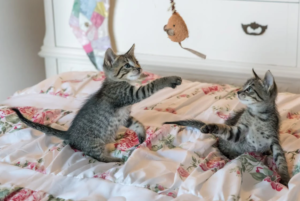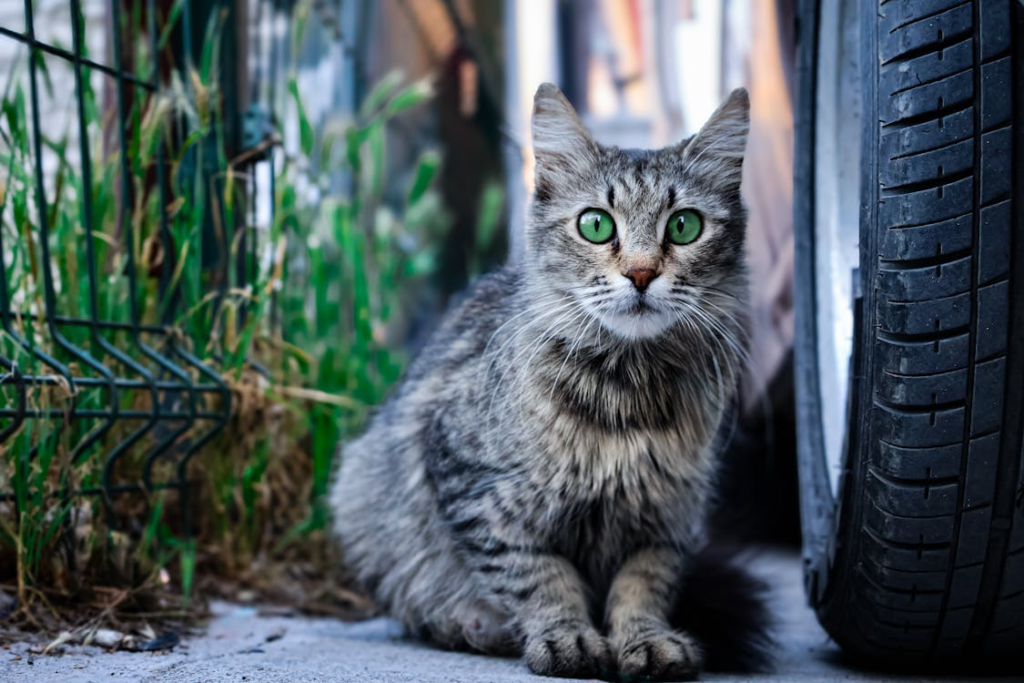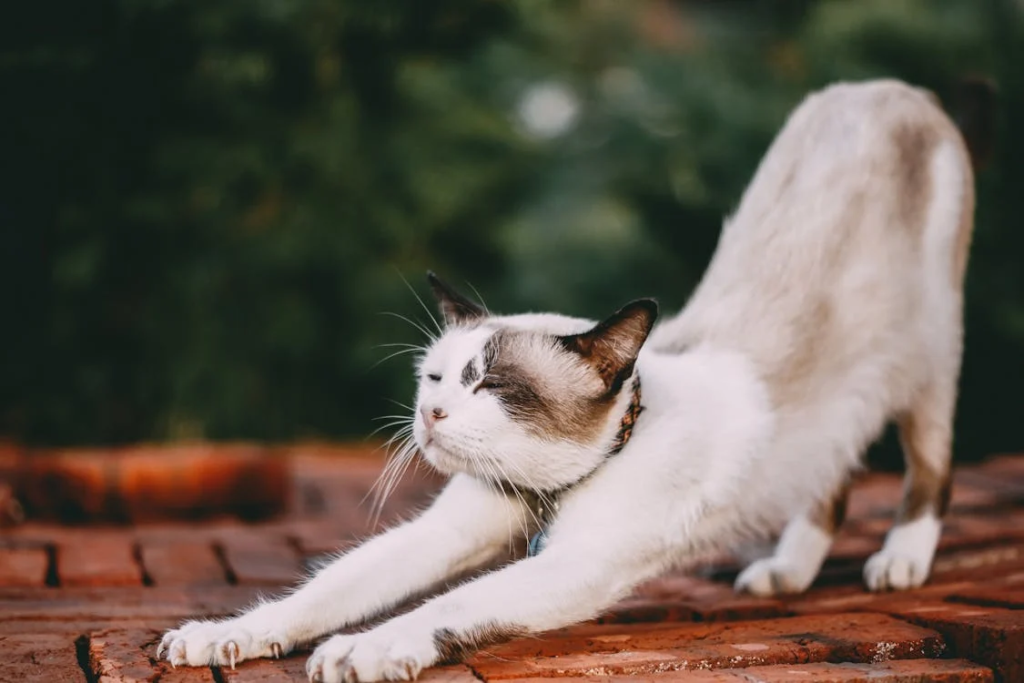Is your feline friend pawing at their mouth or showing signs of discomfort while eating? They might be dealing with gingivitis, a common but often overlooked dental issue in cats. Let’s dive into everything you need to know about this pesky problem and how to keep your cat’s pearly whites in tip-top shape.
What is Gingivitis in Cats?
Gingivitis is an inflammation of the gums that can affect cats of all ages. It’s the earliest stage of periodontal disease and, if left untreated, can progress to more serious dental issues. But don’t worry, with proper care and attention, gingivitis can be prevented and treated effectively.
Causes of Feline Gingivitis
Understanding what causes gingivitis is the first step in preventing it. Here are the main culprits:
- Plaque and Tartar Buildup
Just like in humans, plaque accumulates on your cat’s teeth over time. If not removed, it hardens into tartar, irritating the gums and leading to inflammation. - Poor Oral Hygiene
Let’s face it – most cats aren’t fans of toothbrushing. But without regular dental care, bacteria can thrive in their mouths, causing gingivitis. - Dietary Factors
A diet high in carbohydrates and lacking in proper nutrients can contribute to dental problems in cats. - Viral Infections
Certain viruses, like feline calicivirus or feline immunodeficiency virus (FIV), can make cats more susceptible to gingivitis. - Genetics
Some breeds, like Siamese and Persian cats, are more prone to dental issues due to their facial structure. - Autoimmune Disorders
In rare cases, an overactive immune system can attack the cat’s own gum tissue, causing inflammation.
Recognizing the Signs of Gingivitis in Cats
Cats are masters at hiding discomfort, so it’s crucial to know what to look for. Keep an eye out for these telltale signs:
- Red, swollen gums
- Bad breath (halitosis)
- Drooling more than usual
- Difficulty eating or loss of appetite
- Pawing at the mouth
- Visible tartar on teeth
- Bleeding gums, especially when eating or brushing
If you notice any of these symptoms, it’s time to schedule a vet visit. Early detection is key in treating gingivitis effectively.
Diagnosing Gingivitis in Cats
Your veterinarian will perform a thorough oral examination to diagnose gingivitis. This may include:
- Visual Inspection
The vet will look for signs of inflammation, redness, and tartar buildup. - Probing
Using a special dental tool, they’ll check for pockets between the teeth and gums, which can indicate more advanced periodontal disease. - X-rays
In some cases, dental X-rays may be necessary to assess the extent of the problem below the gum line. - Blood Tests
These can help rule out underlying health issues that might be contributing to the gingivitis.

Treatment Options for Feline Gingivitis
The good news is that gingivitis is treatable, especially when caught early. Here’s what you can expect:
- Professional Dental Cleaning
This is often the first step in treating gingivitis. Under anesthesia, your vet will thoroughly clean your cat’s teeth, removing plaque and tartar both above and below the gum line. - Antibiotics
If there’s a bacterial infection present, your vet may prescribe antibiotics to help clear it up. - Pain Management
For cats experiencing discomfort, pain medication may be prescribed to provide relief. - Home Care Regimen
Your vet will likely recommend a home dental care routine, which may include regular tooth brushing, dental gels, or special diets. - Addressing Underlying Issues
If an underlying health problem is contributing to the gingivitis, your vet will develop a treatment plan to address it.
Preventing Gingivitis in Cats
As the saying goes, prevention is better than cure. Here are some effective ways to keep gingivitis at bay:
- Regular Tooth Brushing
Yes, it’s possible to brush your cat’s teeth! Start slow and use cat-specific toothpaste for the best results. - Dental Treats and Toys
Look for products specifically designed to promote dental health in cats. - Proper Diet
Feed your cat a balanced diet that supports overall health, including dental health. Some cat foods are formulated to help reduce tartar buildup. - Regular Vet Check-ups
Annual dental exams can catch problems early before they become more serious. - Water Additives
Some products can be added to your cat’s drinking water to help reduce plaque buildup. - Dental Wipes
If your cat won’t tolerate brushing, dental wipes can be a good alternative for removing plaque.
Long-Term Outlook for Cats with Gingivitis
With proper care and treatment, the prognosis for cats with gingivitis is generally good. However, it’s important to stay vigilant and maintain good oral hygiene practices to prevent recurrence.
When to Seek Immediate Veterinary Care
While gingivitis itself isn’t typically an emergency, certain symptoms warrant immediate attention:
- Severe bleeding from the mouth
- Refusal to eat for more than 24 hours
- Signs of extreme pain or distress
- Sudden swelling of the face or jaw
Remember, your furry friend relies on you to keep them healthy. By staying proactive about your cat’s dental health, you can help ensure they keep purring happily for years to come.
External Sources:
